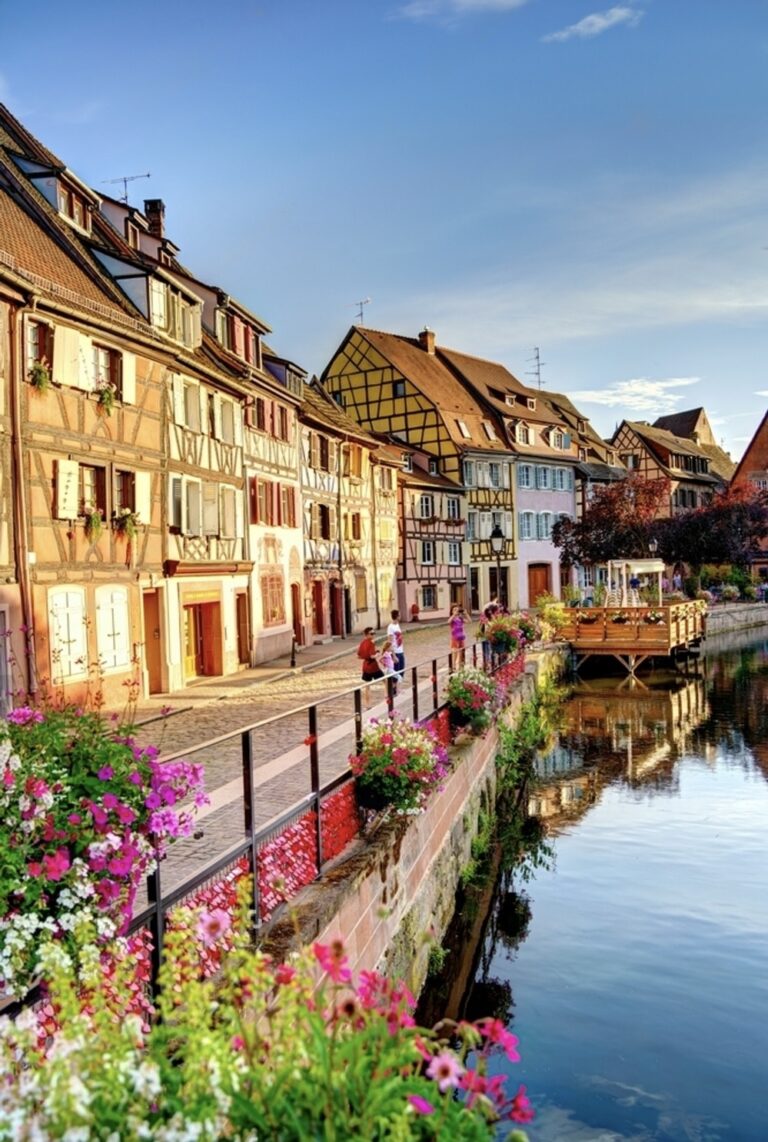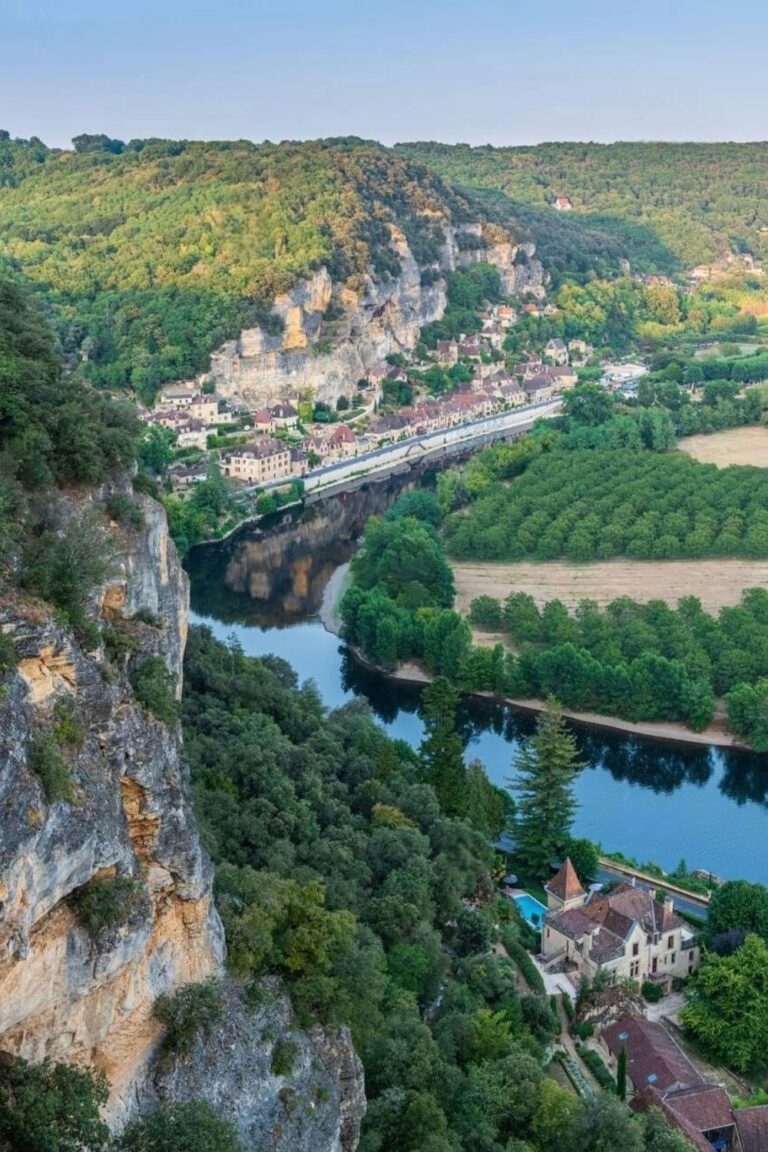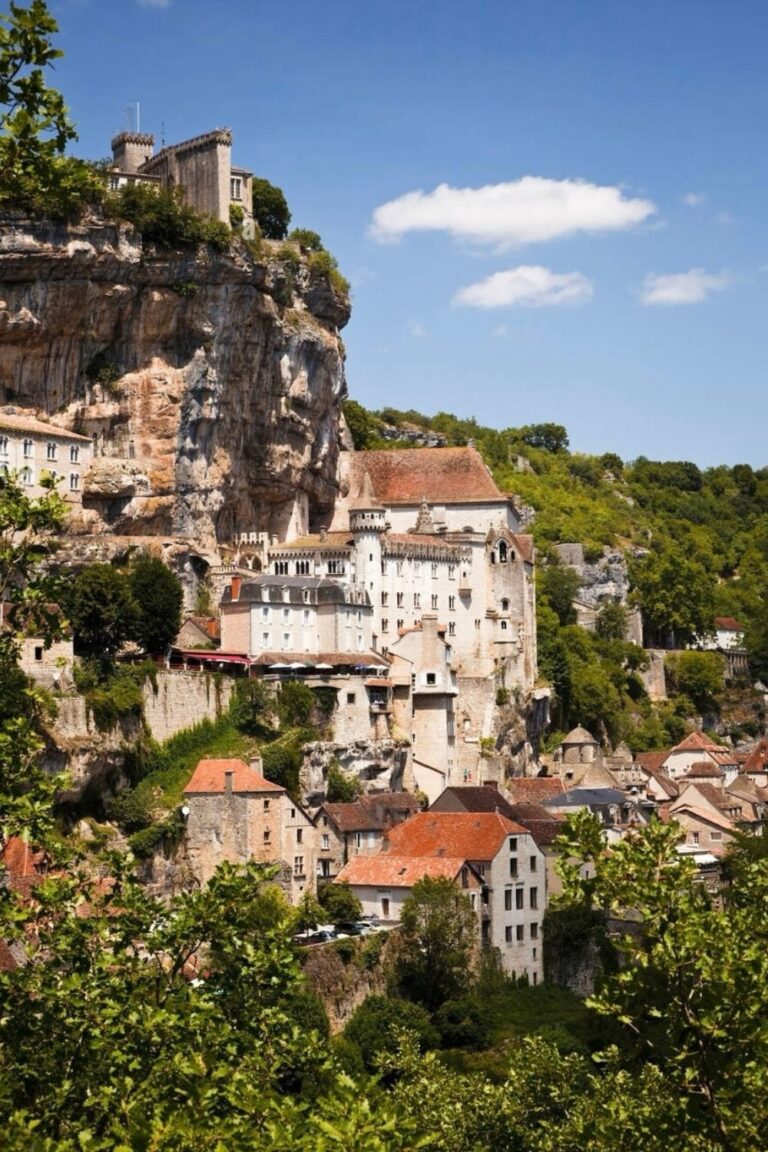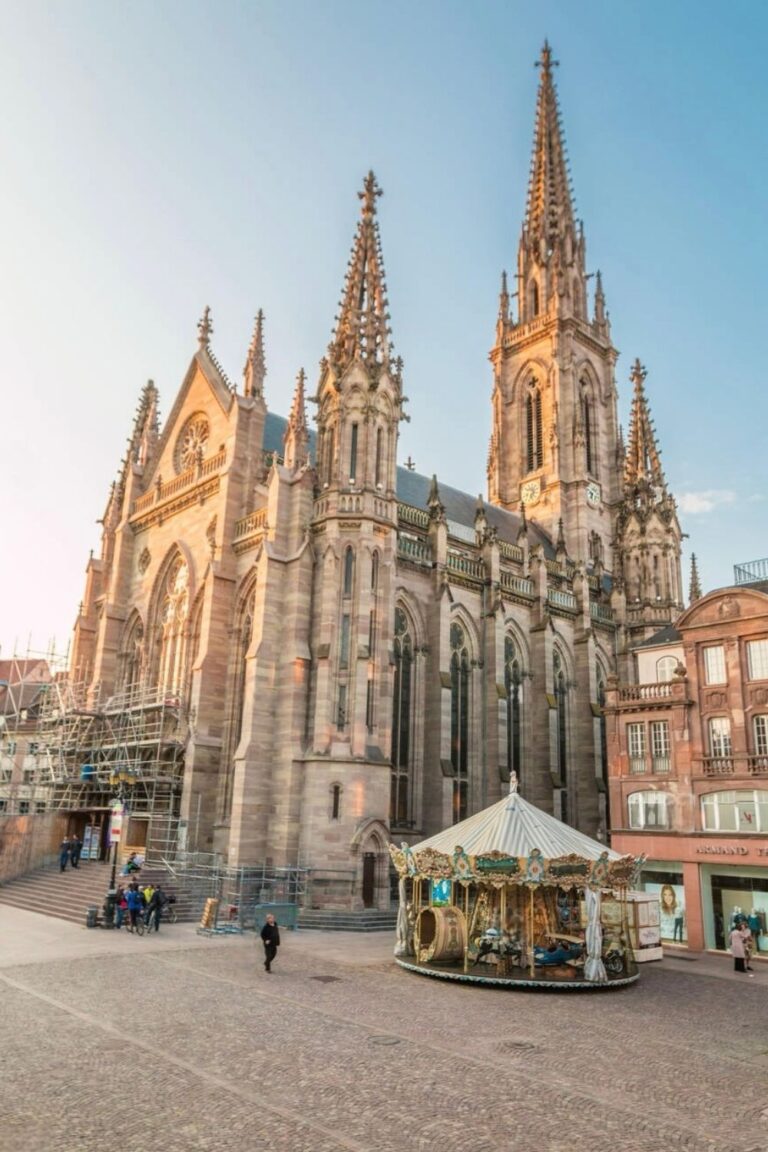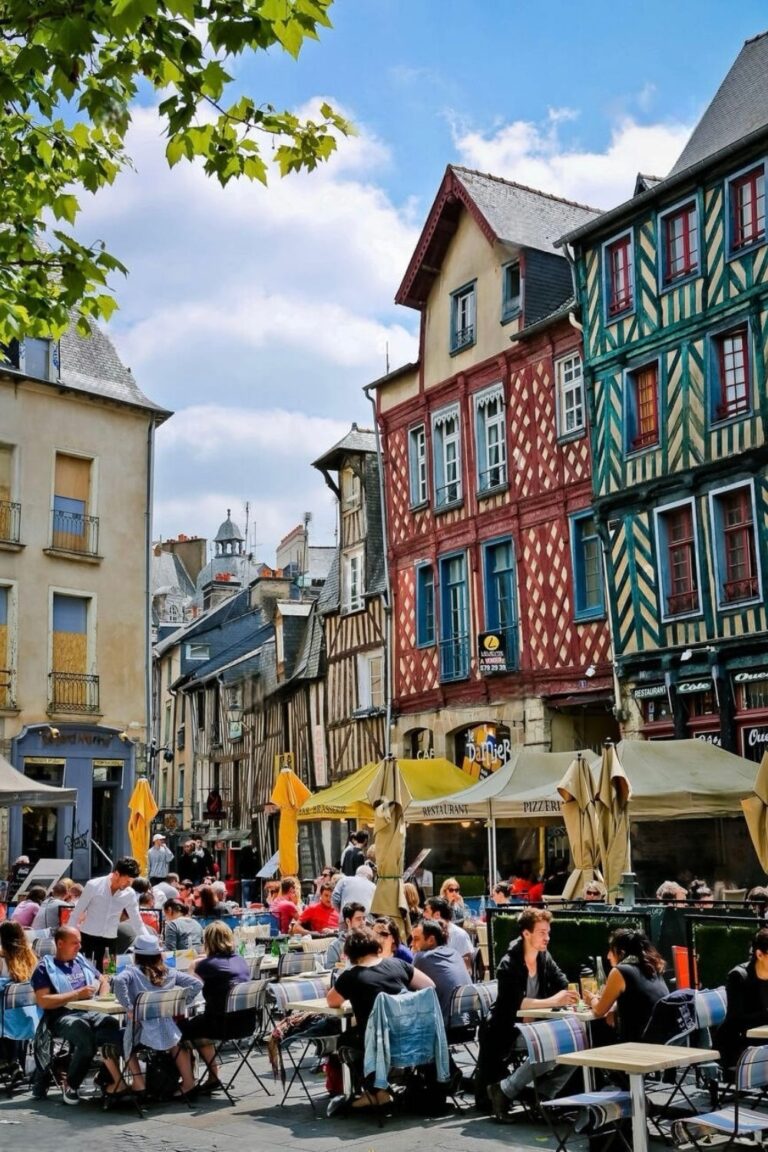Top 10 UNESCO World Heritage Sites in France That You Must Visit!
Last Updated on April 14, 2025 by April Nicole
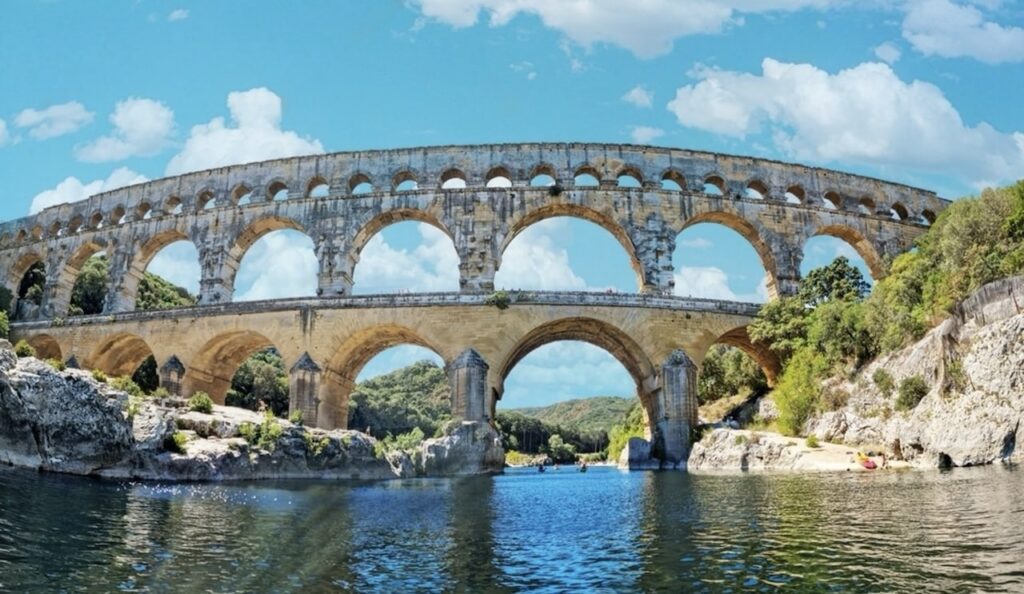
What if you could explore ancient Roman arenas, fairy-tale villages, and cliffside monasteries—all in one country? That’s the magic of the UNESCO World Heritage Sites in France.
As someone who’s been lucky enough to call Paris home for the past three years, I’ve made it my mission to see as many of these awe-inspiring places as possible. From the iconic Mont-Saint-Michel to lesser-known gems like the fortified city of Carcassonne, each site tells a unique story about France’s rich cultural legacy.
In this post, you’ll get a curated list of the most stunning UNESCO World Heritage Sites in France, complete with expert tips, personal recommendations, and travel-ready advice to help you plan your visit. Whether you’re a history buff, architecture lover, or just curious about France’s hidden treasures—there’s something here for you.
📌 Psst! This blog post contains affiliate links, which means I may earn a small commission if you book through them—at no extra cost to you! Merci! For full details, check out my Disclosure Policy.
Planning your trip? Here are my go-to tours and travel tools to help you experience France’s UNESCO World Heritage Sites with ease, comfort, and a touch of adventure.
🚶♂️ Top Tours of UNESCO Sites in France
- Mont Saint-Michel Entry Ticket – Reserve your spot to explore the iconic abbey and enjoy sweeping views from the top.
- Versailles Palace and Gardens Tour – Skip the lines and explore Versailles with a guide who brings royal history to life.
- Pont du Gard Walking Tour – Discover one of France’s most impressive Roman ruins on this fascinating guided tour.
- Vézère Valley Prehistoric Cave Tour – Visit France’s famous cave art sites with expert insights and easy access.
- Amiens Cathedral and City Tour – Explore the cathedral and historic heart of Amiens with a local guide.
🔗 Useful Travel Resources for Your Trip
- Travel Insurance with EKTA – Affordable coverage for health emergencies, delays, and trip cancellations.
- Yesim eSIM for France – Get instant mobile data in France without the hassle of a physical SIM card.
- Car Rental with Discovercar – Compare top deals and rent a car to explore France’s UNESCO gems at your own pace.
If you are in a hurry, here’s a summary of Unesco world heritage sites in France:
Top 10 UNESCO World Heritage Sites in France That Everyone Must Visit
The UNESCO World Heritage sites in France listed below are my top ten, ranked from #10 to my very favorite, which you should certainly not miss! Unesco world heritage sites in france
10. Historic Site of Lyons
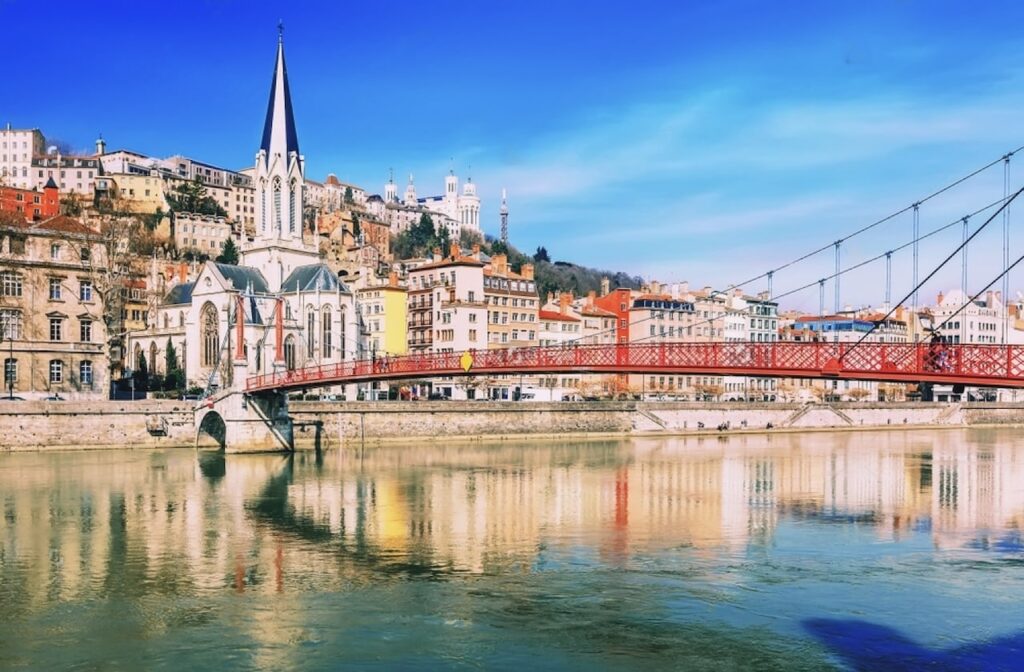
Lyon is one of those cities that doesn’t try too hard — because it doesn’t have to. With over 2,000 years of history, it blends Roman ruins, medieval passageways, and Renaissance courtyards in a way that feels effortlessly alive.
Start your visit in Vieux Lyon, one of Europe’s largest Renaissance districts, with its narrow cobbled lanes and traboules — hidden passageways once used by silk workers. Climb up to Fourvière Hill for sweeping views and visit the Basilica of Notre-Dame de Fourvière, a striking blend of Byzantine and Gothic architecture.
One of my favorite spots was the Gallo-Roman amphitheater, which still hosts performances today. The idea of watching a concert where Romans once gathered? Goosebumps.
Local tip: If you can, time your visit with the Fête des Lumières in December — the whole city becomes a glowing, animated art installation. And don’t leave Lyon without trying the food — it’s known as the culinary capital of France for good reason.
9. Gulf of Porto: Calanche of Piana, Gulf of Girolata, Scandola Reserve
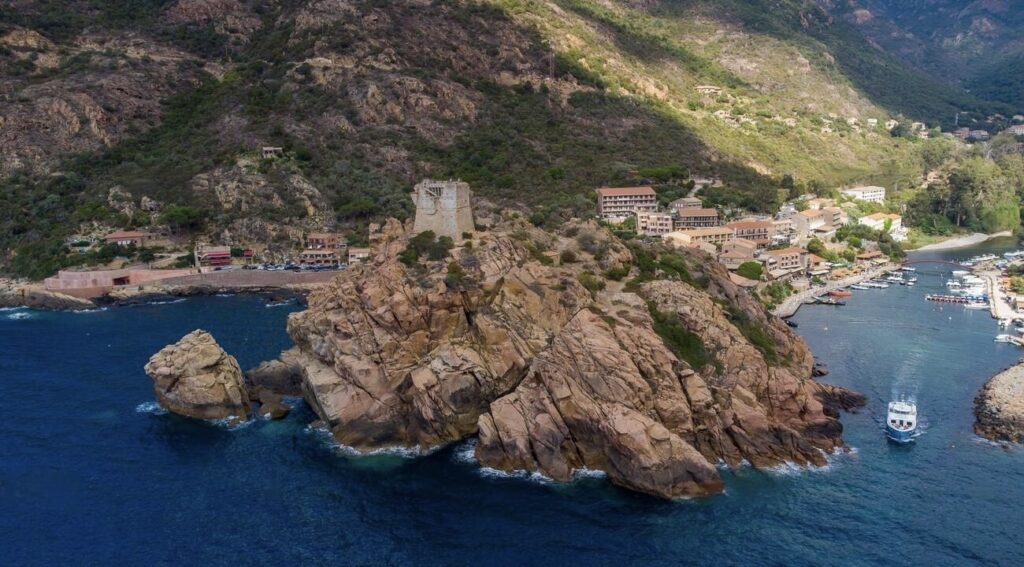
Located on the west coast of Corsica, the Gulf of Porto is renowned for its stunning landscapes. The Calanche of Piana, with its dramatic red granite cliffs, and the pristine waters of the Gulf of Girolata are breathtaking. The Scandola Nature Reserve, a marine and terrestrial sanctuary, showcases Corsica’s unique biodiversity. Unesco world heritage sites in france
The Calanche of Piana is famous for its surreal rock formations, best explored by boat or hiking. The Gulf of Girolata, accessible only by boat or on foot, is a secluded paradise perfect for a tranquil escape. The Scandola Reserve, a UNESCO site since 1983, is a haven for wildlife, including rare birds and marine species.
Boat tours are the best way to see the Gulf of Porto’s highlights. For hikers, the trail from Piana to Girolata offers stunning views but requires a good level of fitness. Spring and autumn are the best times to visit, avoiding the summer heat and tourist crowds. Unesco world heritage sites in france
8. The Abbey Church of Saint-Savin sur Gartempe
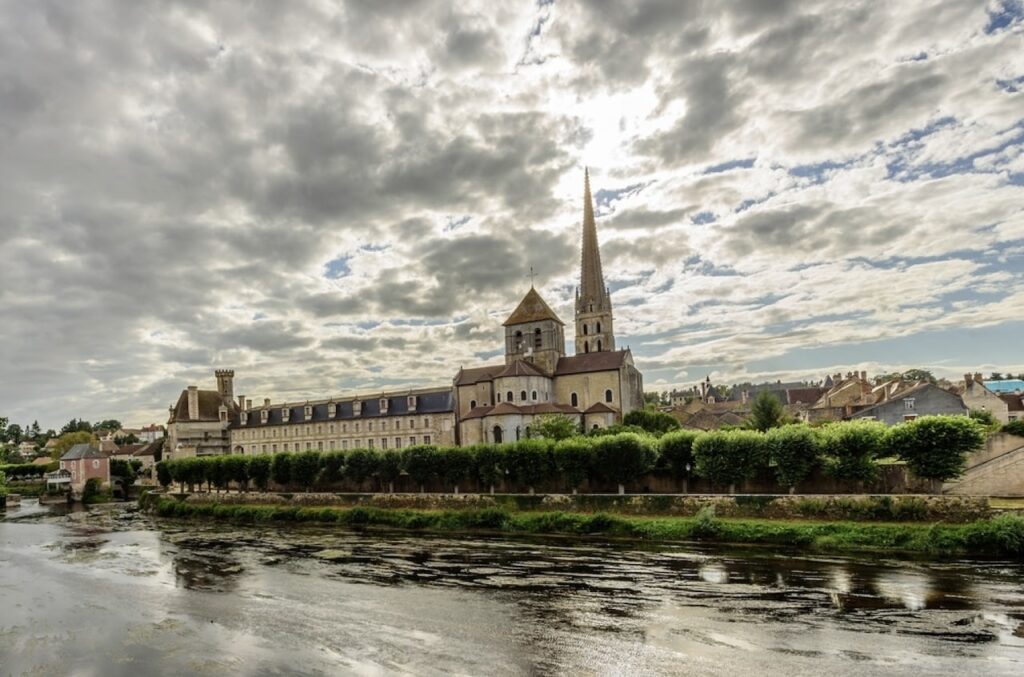
Tucked into a peaceful riverside village, the Abbey Church of Saint-Savin is one of those quiet gems that surprises you with its beauty. From the outside, it’s understated. But step inside, and you’ll find some of the most vivid Romanesque frescoes in all of Europe — over 460 square meters of them.
The artwork, which dates back to the 11th and 12th centuries, tells Old Testament stories across the barrel-vaulted ceiling. It’s like looking at a medieval graphic novel in ochre, cobalt, and gold.
The church itself is serene and uncrowded — a nice contrast to the busier heritage sites. I spent nearly an hour just slowly taking in the artwork, then wandered into the nearby village for a coffee by the river.
Pro tip: Go in the morning for the best light, and take a guided tour if available — there’s a lot of symbolism in the paintings that’s easy to miss on your own.
7. Carcassonne and its Fortifications
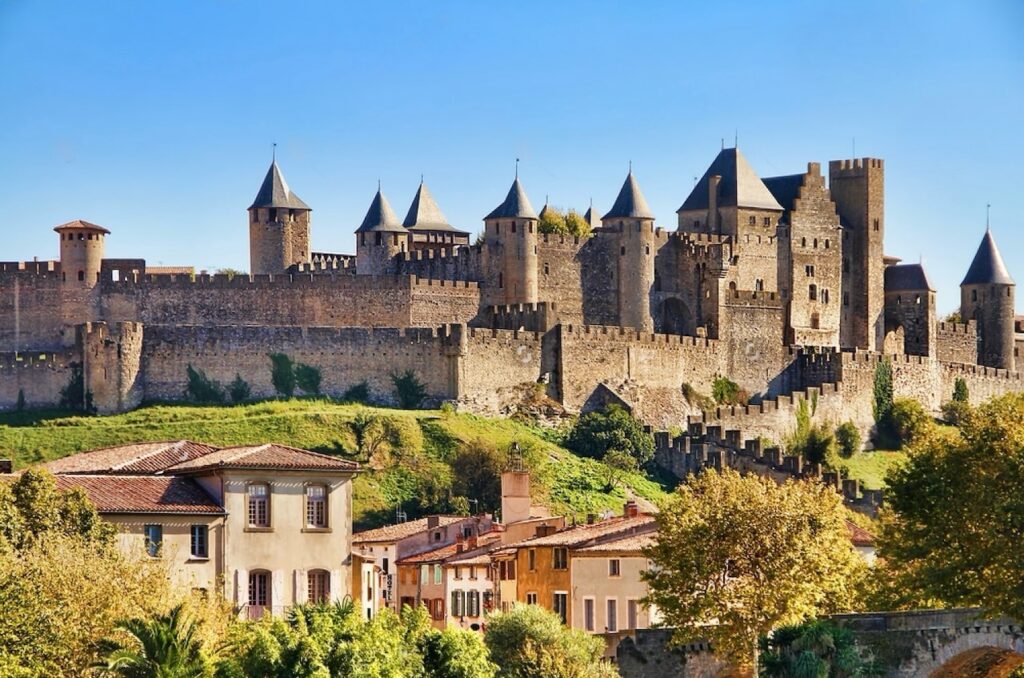
Carcassonne is like stepping into a medieval movie set — but it’s real, and it’s spectacular. When I visited during the Fête Médiévale in July, knights in armor strolled the cobblestone streets, and minstrels played under torchlight. It was surreal (and very Instagrammable).
Even if you’re not there during the festival, staying overnight inside the walled cité makes all the difference. The day-tripper crowds thin out by sunset, and you can wander the ramparts with hardly anyone around. The golden hour light on the towers is unforgettable.
Be sure to grab dinner at one of the small bistros tucked into the alleys — I had cassoulet at a place with a view of the ramparts, and it was one of my most memorable meals in France.
6. Pont du Gard

The Pont du Gard, located near Nîmes, is an ancient Roman aqueduct bridge. Constructed in the first century AD, it stands as a testament to Roman engineering prowess. The bridge, spanning the Gardon River, is part of a 50 km aqueduct that supplied water to the city of Nîmes.
The aqueduct is composed of three tiers of arches, reaching a height of 48 meters. The adjoining museum provides detailed exhibits on the construction and historical significance of the bridge. The surrounding park offers scenic walking trails and picnic areas, perfect for a leisurely day out. Unesco world heritage sites in france
Pont du Gard is open year-round, with guided tours available. Summer evenings often feature light shows, adding a magical touch to your visit. The site is easily accessible by car, with ample parking available.
5. Prehistoric Sites and Decorated Caves of the Vézère Valley
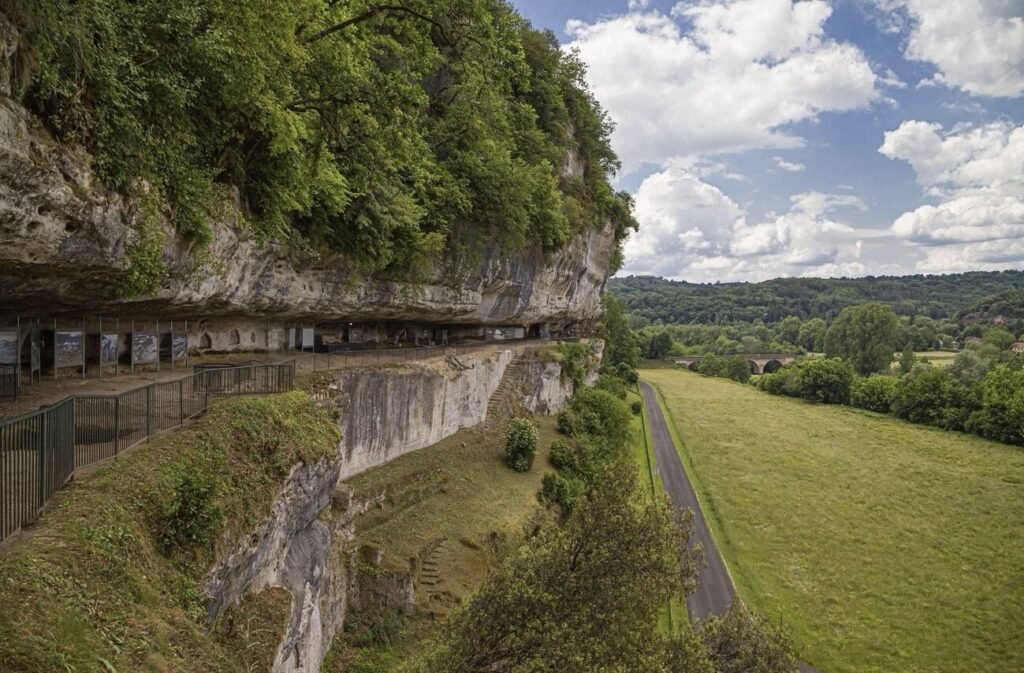
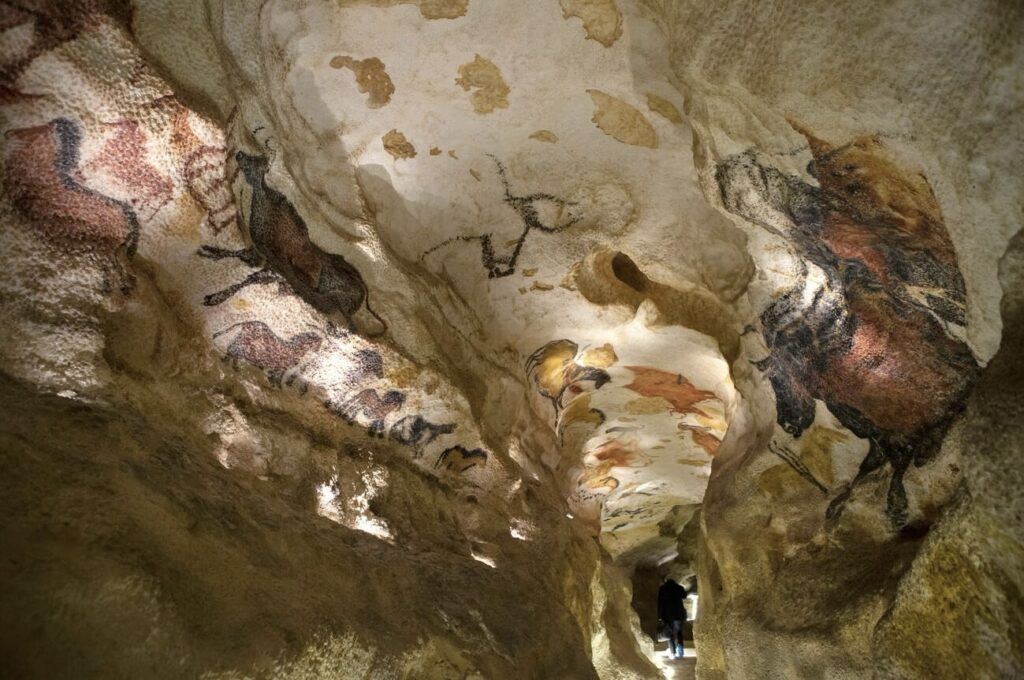
The Vézère Valley in the Dordogne region is a treasure trove of prehistoric art and archaeological sites. The area is home to numerous caves decorated with prehistoric paintings, dating back to the Upper Paleolithic era, approximately 17,000 years ago.
The Lascaux Cave, often referred to as the “Sistine Chapel of Prehistory,” is the most famous site, though it is now closed to the public to preserve the artwork. Visitors can explore Lascaux IV, a precise replica that provides an immersive experience. Other notable sites include the Font-de-Gaume and La Roque Saint-Christophe, a troglodytic village.
Due to conservation efforts, access to some sites is limited, so booking in advance is recommended. Guided tours are available and provide valuable context and insight. The region is best visited in spring or autumn to enjoy mild weather and fewer tourists. Unesco world heritage sites in france
4. The Loire Valley between Sully-sur-Loire and Chalonnes
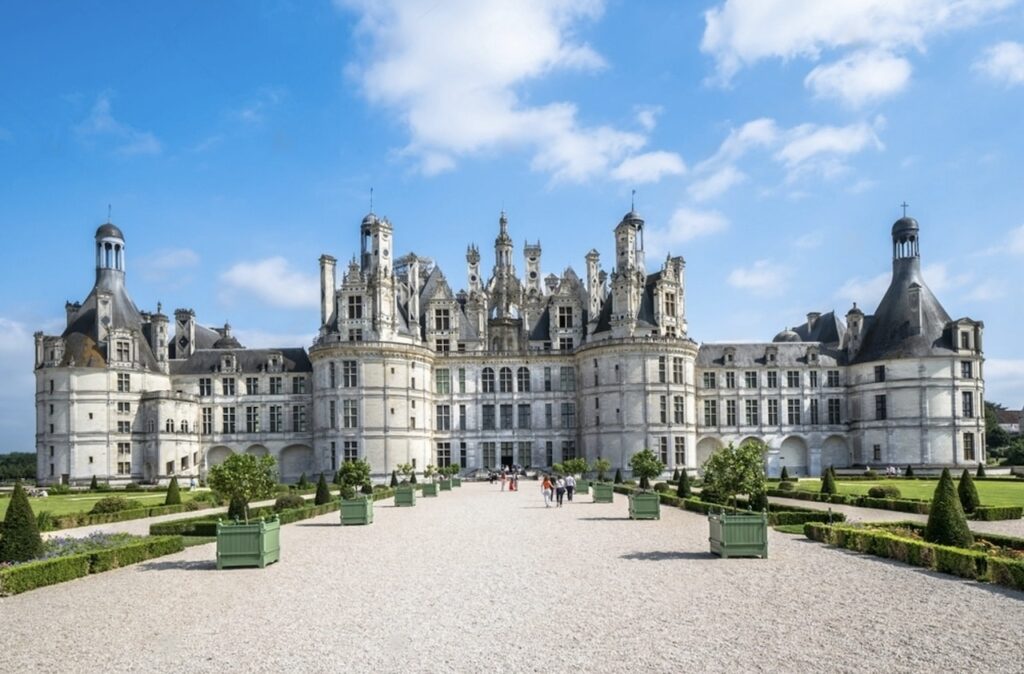
Known as the “Garden of France,” the Loire Valley is a dreamy stretch of countryside filled with storybook châteaux, elegant gardens, and winding riverside towns. This region was a favorite of French royalty during the Renaissance, and their legacy lives on in over 300 castles dotted across the landscape.
Château de Chambord is the crown jewel — a masterpiece of French Renaissance architecture with its iconic double helix staircase (possibly inspired by Leonardo da Vinci). But Château de Chenonceau, arching gracefully over the River Cher, might be the most romantic, and Villandry’s gardens are a floral work of art in themselves.
I explored the region by car and bike, and I highly recommend doing the same. One of my favorite days involved cycling along the Loire à Vélo trail, stopping at vineyards, bakeries, and castle gates along the way. It’s a slow, scenic way to take in the valley’s charm.
Travel tip: Spring and early summer are ideal, when the gardens are in full bloom and the crowds are still manageable. Plan for at least 2–3 days if you want to visit more than one château without rushing.
3. Chartres Cathedral
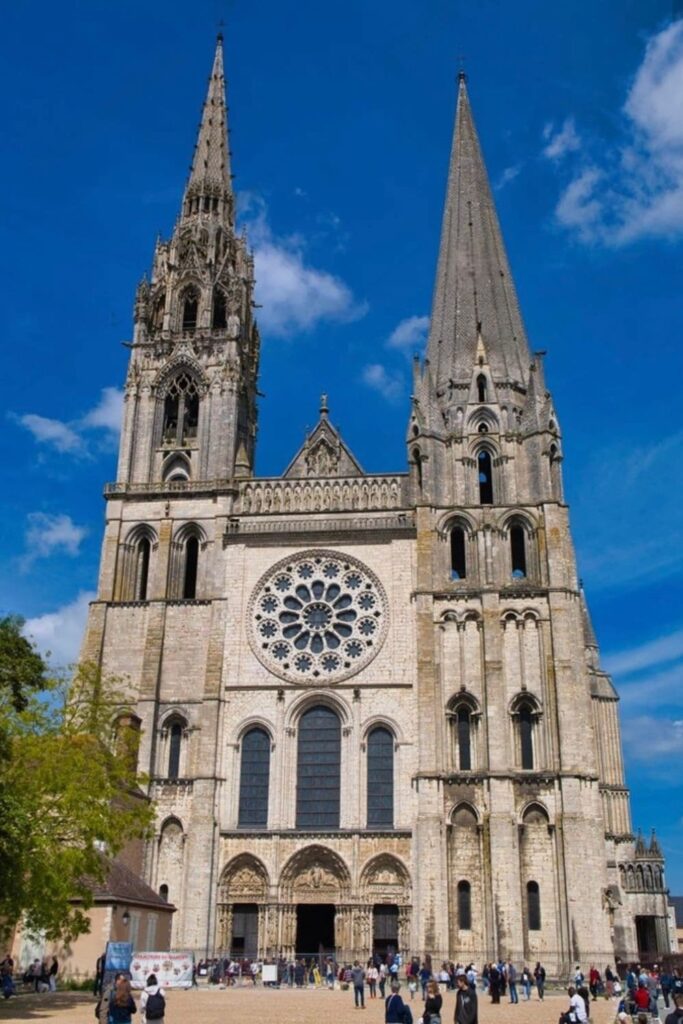
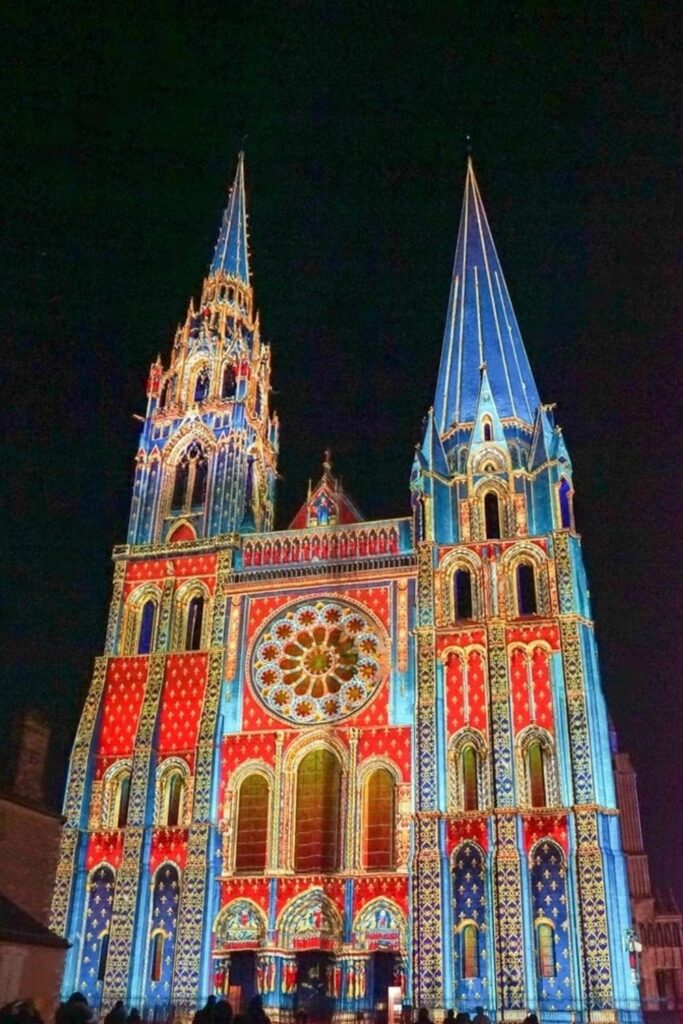
Chartres Cathedral, just an hour southwest of Paris, is one of the most awe-inspiring churches I’ve ever visited — not just for its sheer scale, but for its atmosphere. Completed in the 13th century, it’s widely regarded as a high point of Gothic architecture, and once you step inside, it’s easy to see why.
The cathedral’s stained glass windows, over 150 of them, date back to the 12th and 13th centuries and are remarkably well-preserved. The famous Blue Virgin window casts a surreal sapphire glow across the nave when the afternoon light hits just right — it’s unforgettable.
On my visit, I walked the labyrinth in the center of the nave — a centuries-old meditation path once walked by pilgrims — and joined a guided tour through the crypt, which gave fascinating insight into the cathedral’s layered past.
Don’t miss: If you’re visiting between April and October, stick around after sunset for the Chartres en Lumières show. The cathedral’s façade is illuminated with a colorful light display that brings its history to life — and best of all, it’s free.
2. Palace and Park of Versailles
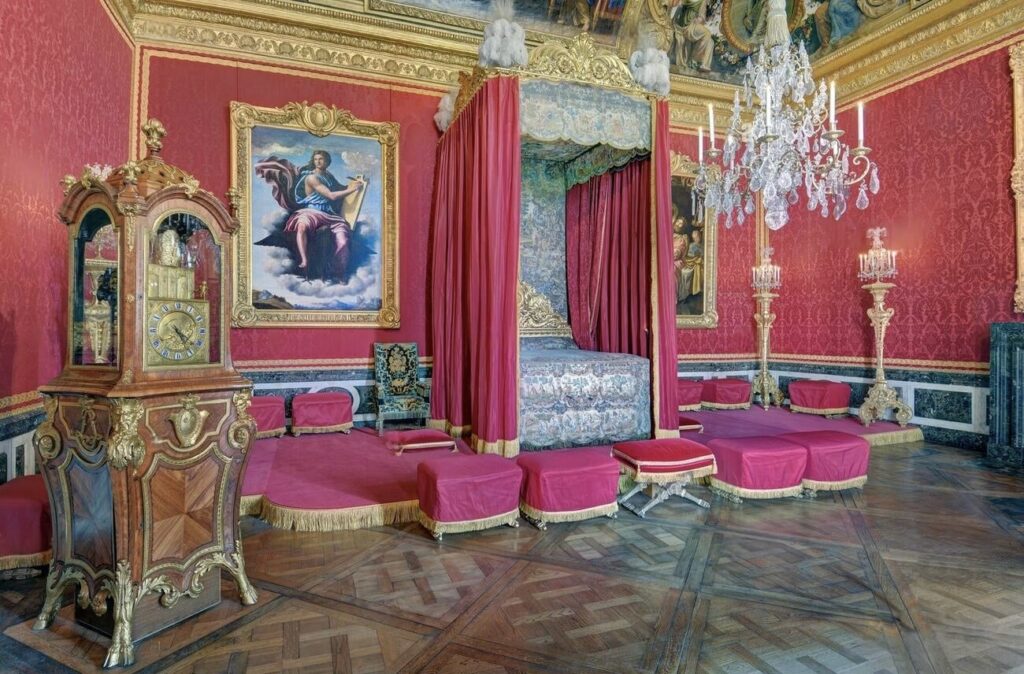
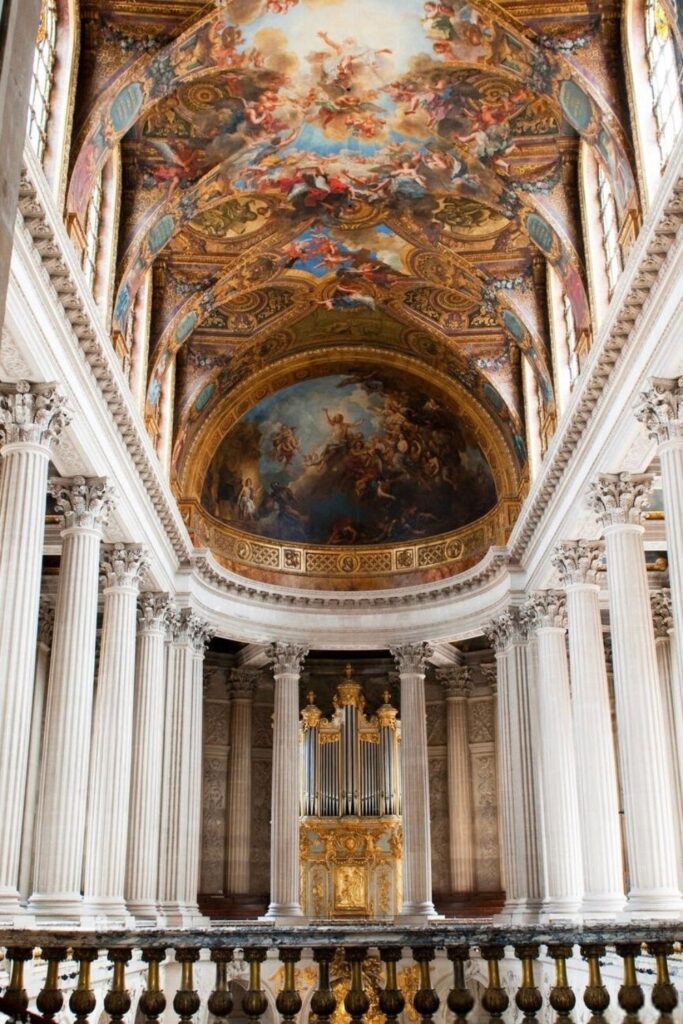
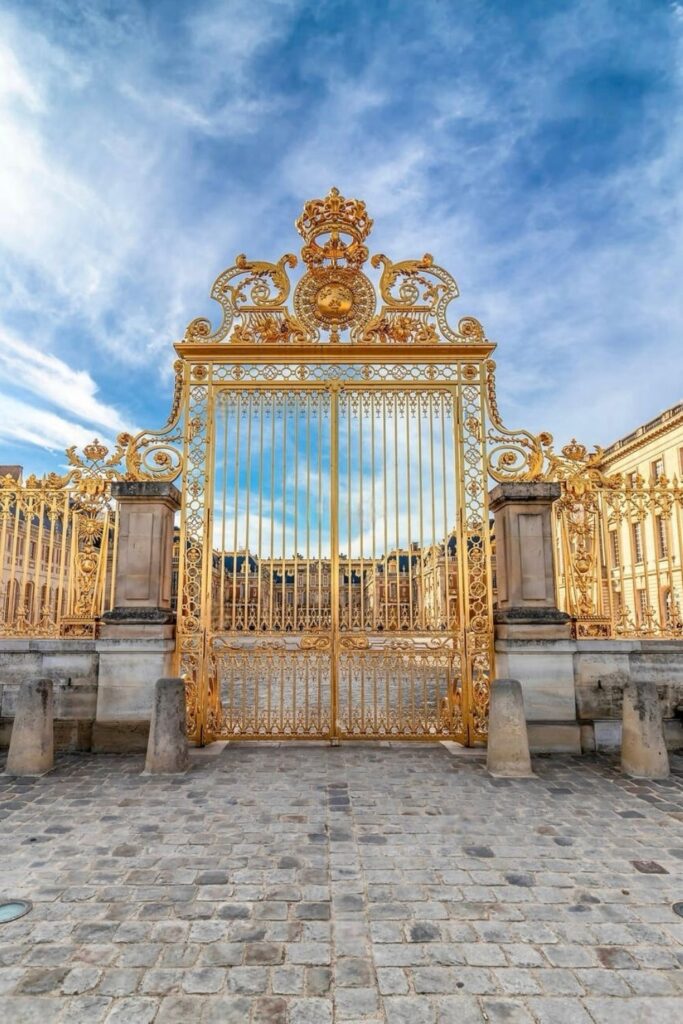
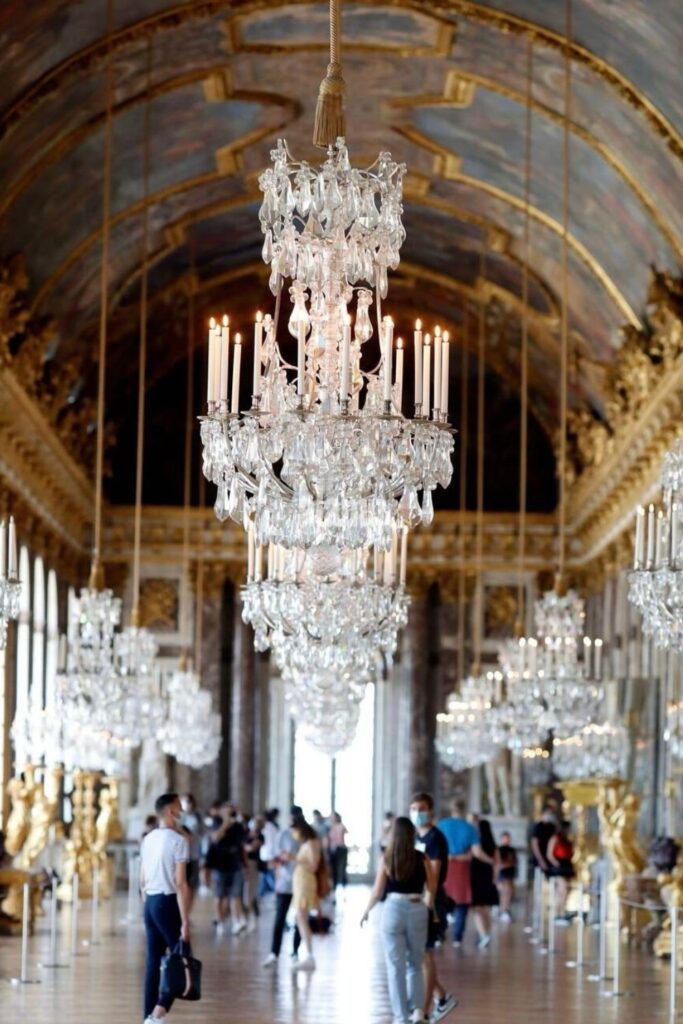
Just outside of Paris, the Palace of Versailles is the ultimate display of royal extravagance — and a must for any lover of French history and architecture. Built by Louis XIV in the 17th century, Versailles was designed to showcase the absolute power of the monarchy, and it absolutely delivers.
From the moment you step into the Hall of Mirrors, with its 357 glittering mirrors reflecting sunlight and chandeliers, you feel the grandeur that defined the era. But there’s so much more to explore: the royal apartments, the expansive gardens, and the hidden retreats like the Grand Trianon and Marie Antoinette’s estate, where the atmosphere is quieter and more intimate.
I visited in summer, and while it was buzzing with tourists, the scale of the place means you can still find peaceful corners — especially in the gardens. I recommend renting a bike or golf cart to cover more ground (the estate is massive!), or simply grabbing a spot along the Grand Canal for a picnic with a view.
Travel tip: Arrive early and book your ticket in advance to skip the long lines. Go straight to the Hall of Mirrors when the gates open, then circle back through the rest of the palace afterward — it makes all the difference if you want to beat the crowds.
1. Mont Saint-Michel and its Bay
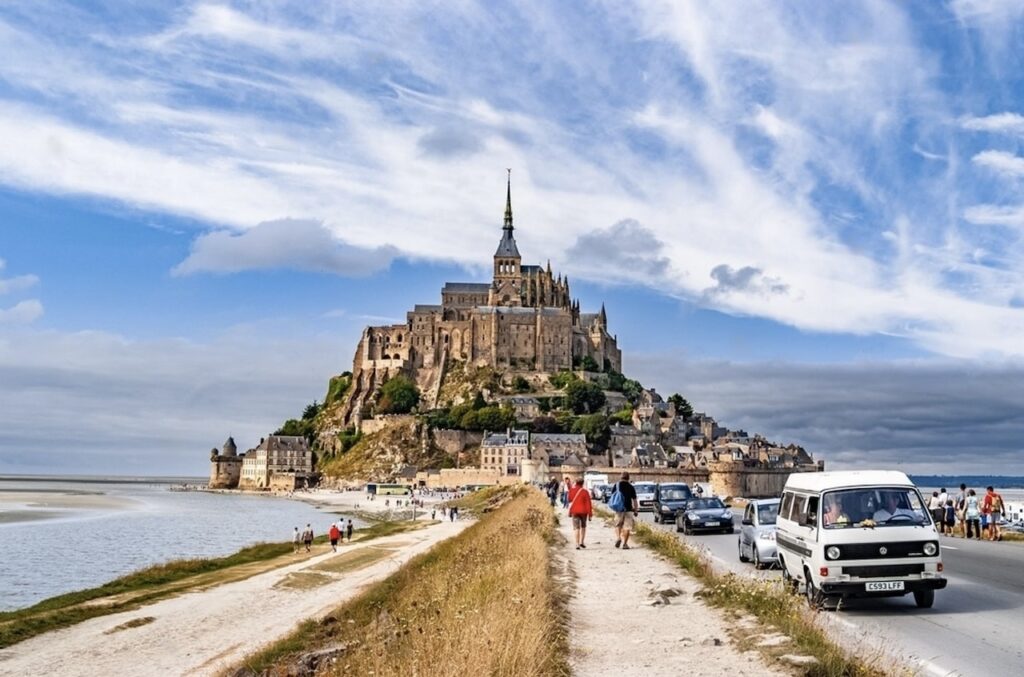
Mont Saint-Michel, perched on a rocky island off the coast of Normandy, is one of France’s most iconic and surreal landmarks. Originally founded as a pilgrimage site in the 8th century, the abbey rises dramatically above the bay, seeming to float when the tide is high.
I visited in the summer, and while it’s definitely the busiest time of year, the energy was electric — street musicians played in the narrow village alleys, and the abbey glowed gold in the evening sun. It was easy to see why this place leaves such a lasting impression.
Pro tip: Skip the shuttle and walk the scenic causeway instead. The 30–45 minute stroll offers sweeping bay views, seabirds overhead, and a magical sense of arrival. Just be sure to check the tide schedule — I made the mistake of lingering a little too long and had to navigate back on a wet, slippery path!
Inside the abbey, you’ll find soaring Gothic arches, quiet cloisters, and panoramic views from the ramparts. A guided tour is well worth it if you want to really grasp the site’s spiritual and strategic history.
Final thoughts on UNESCO world heritage sites in France
From ancient aqueducts and Gothic cathedrals to vibrant coastal cliffs and storybook castles, France’s UNESCO World Heritage Sites offer more than just beautiful backdrops — they offer a chance to step into history and see the country through a richer, more meaningful lens.
If you’re planning your trip, I hope this guide helps you prioritize the spots that truly stand out, not just for their beauty but for the stories they tell. And if you’ve already been to some of these — I’d love to hear your favorites!
✨ Bonus tip: Save or bookmark this post so you can refer back to it while you plan, and feel free to check out my other France travel guides for more off-the-beaten-path ideas.
Check out my France travel resources page for my favorite tools, booking sites, and money-saving tips.
Or explore more blog posts:
- What to See in Occitanie, France: 14 Must-Visit Towns & Attractions
- Alsace Travel Guide: Prettiest Cities and Villages to Explore
- Essential French Phrases for Tourists: Speak Like a Local in France
- Discover the Most Beautiful Villages in France (Updated for 2025)
Bon voyage — and happy exploring!



